How to Identify, Date & Value Antique Chairs: A Beginner’s Guide
Although it can be challenging to identify the authenticity and age of antique chairs, they can be a lovely addition to any home. With the help of this guide, you’ll be able to recognize and date antique chairs, giving your home a little personality and charm.
How to Identify Antique Chairs
There is an unlimited selection of antique chairs to pick from, just as history is lengthy. While a lengthy post would be required to cover every sort of antique chair, we have tried to provide you with a concise yet thorough overview of some of the most classic and varied models. Additionally, we’ll discuss several well-known antique chair designers whose iconic designs have impacted contemporary furniture design and teach you how to determine the maker and vintage of any antique chair.
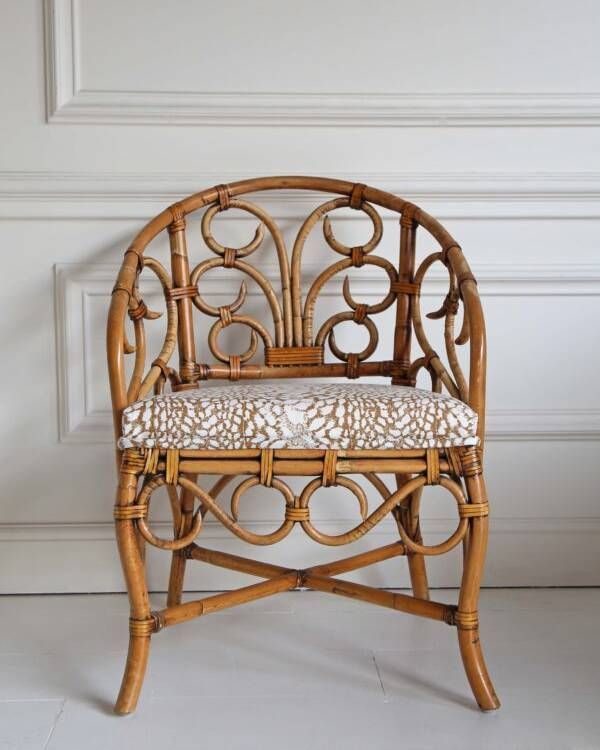
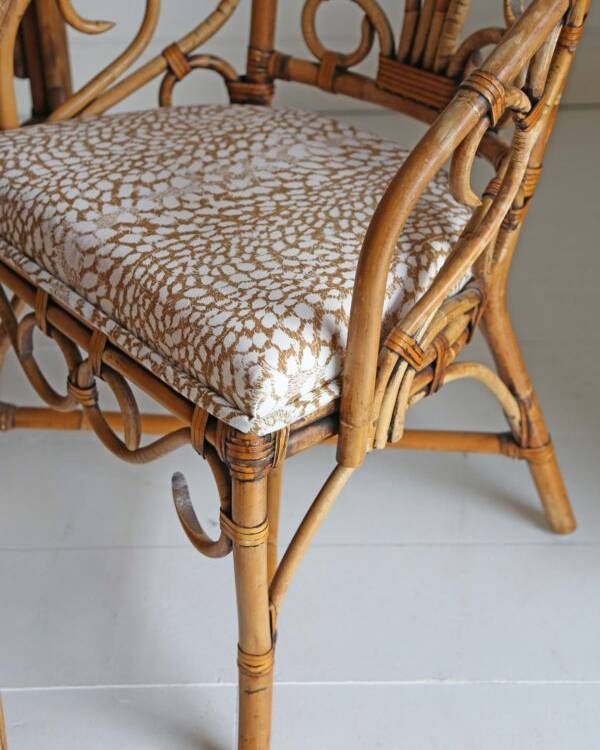
Identify The Age of an Antique Chair
How to determine an antique chair’s age is one of the trickier tasks to complete, unless you’re a skilled dealer. Luckily for those of us who aren’t in the trade, there are a few failsafe ways to tell the age of an antique chair.
Start by comprehending the many design eras and antique chair types to determine the age of an antique chair. Even if you are unsure right away, the chair design gives a general indication of the date. Despite not immediately knowing the date, the chair’s design provides a basic sense.
Popular antique chair designs continue to be replicated by manufacturers. The age of the chair can be ascertained by recognising the markings which allow an understanding of the difference between an original and a copy.
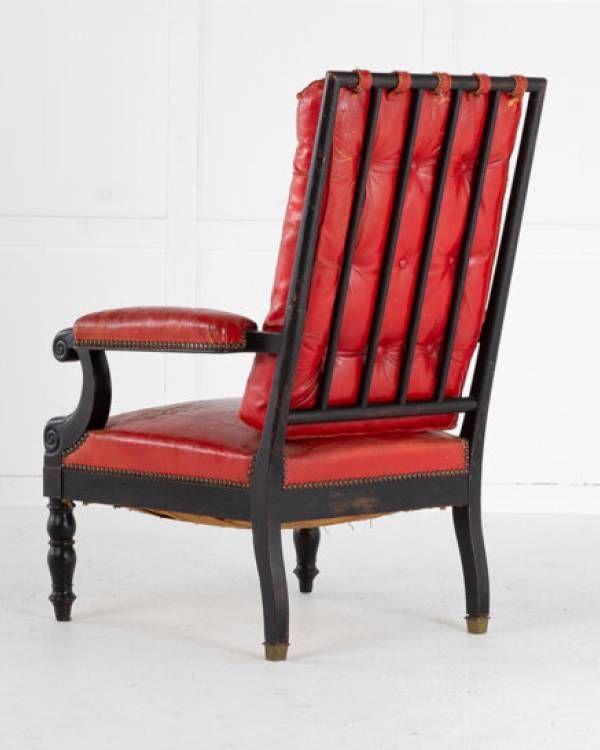

Common Antique Chair Traits to Look For
When evaluating the age and design of an antique chair, there are specific characteristics to keep an eye out for. The following are some identifiers.
Whether handcrafted or manufactured, each antique chair is distinctive thanks to its components. Handcrafted chairs have authentic designs that cannot be duplicated by machines. The mass manufacture of chairs made by machines takes precedence over creative originality.
Individual Chair Markings
Markings on antique chairs, which occasionally include the year, can be used to identify them. However, due to wear over time, these can be hard to locate.


How The Antique Chair is Made
The general chair construction, including the type of wood used, the asymmetrical and symmetrical design, cotton, and the filling materials used, such as hay and feathers, is a good way to determine the age and validity.


Materials the Antique Chair Has Used
A piece’s design and materials can sometimes be utilised to determine the time it was manufactured. I.e., the finish, the type of wood, and the upholstery. Depending on when they started to trade, some materials are limited and specific for various historical periods.
The materials used can frequently be utilised to determine a chair’s age. You’ll frequently find that specific woods were utilised in significant quantities depending on the time period in which your antique chair was built. As an illustration, oak was used during the early Georgian era, mahogany was used during the late Georgian and Victorian eras, and ebonized beech was used towards the end of the 19th century.
The materials used in seat covers, stuffing, and finishing materials can also be used as markers of an antique chair’s age and authenticity. Modern screws would be extremely uncommon to be found in an antique object or more contemporary materials like plastic, Formica, or chrome.

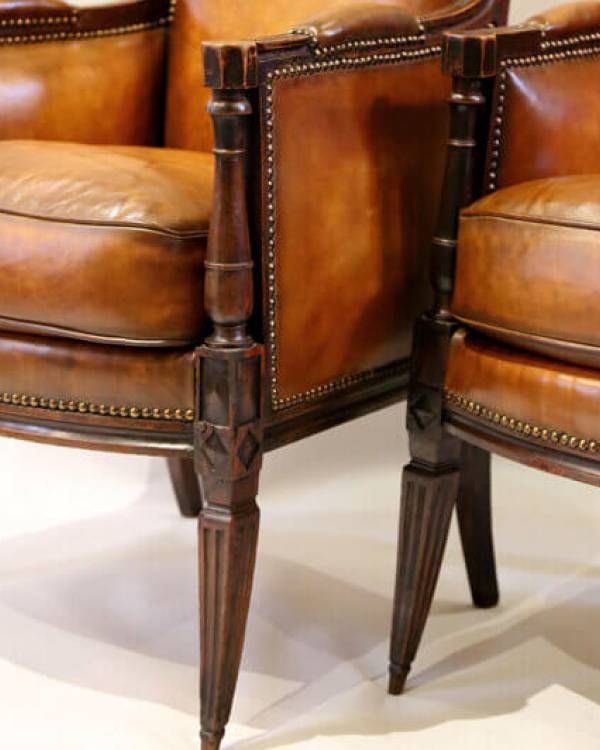
Check the Antique Chair Construction
The design of antique chairs can be used to determine both their age and authenticity. The likelihood of finding intricate hand-made joints is higher. Dovetail joints were quite popular in the late 17th and early 18th centuries, therefore this piece is likely to be very old.
Symmetry is yet another indicator in the building. Symmetrical furniture became more prevalent after the industrial revolution as a result of the machine manufacturing of precisely cut parts. Antique chairs constructed by hand would have an asymmetry, which would be a greater sign that the item is older.


Types of Antique Chair Styles
Different stylistic methods used by each chair designer might be used to identify an antique chair. Indicators of the decor style and time period include the carving style, materials, and finish.
Many popular antique chair designs are distinctive on their own and aid in the process of dating an antique chair.
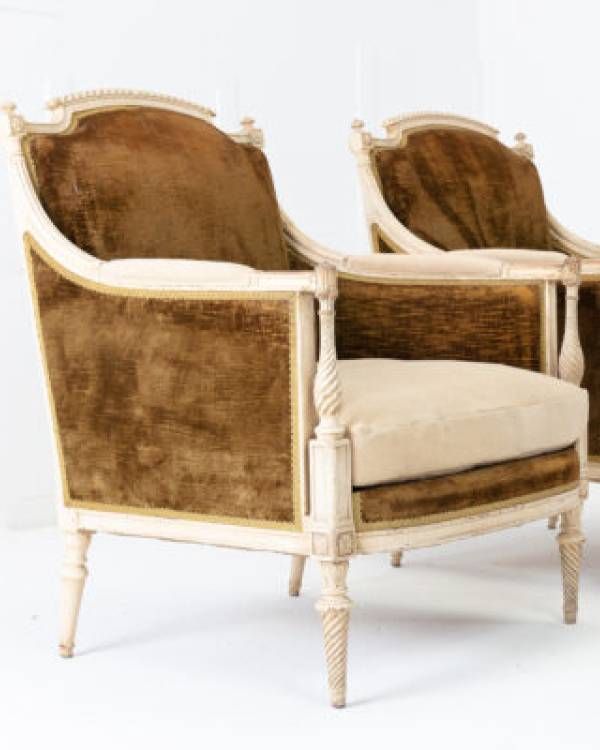
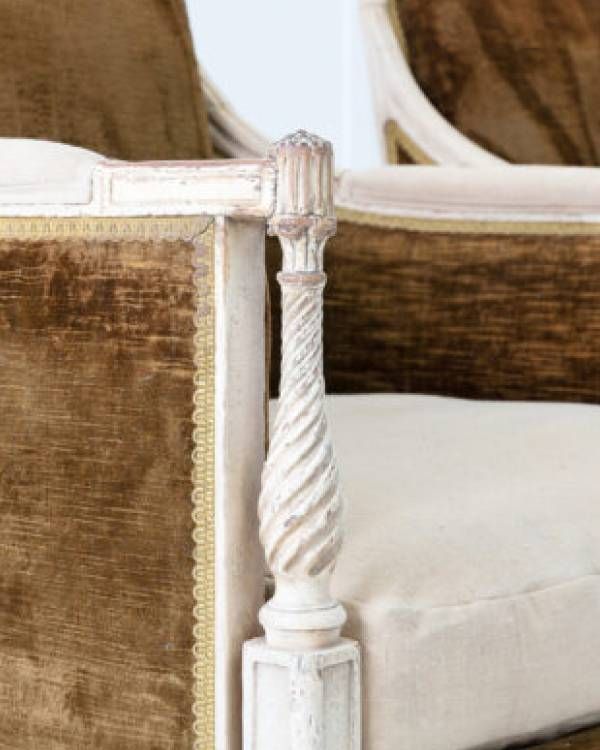
Markings on the Antique Chair
By examining the manufacturer’s insignia on antique chairs, you can determine when a piece was produced. Furniture producers’ marks were often carved or burned into the wood and were frequently found behind the upholstery of a chair or even on the underside of the chair frame. Throughout the 18th and 19th centuries, branding was frequently done in this style, barely visible, to avoid interfering with the period’s elaborate decorations.
On their final pieces, many antique furniture craftsmen would additionally attach paper or metal labels. However, it can be challenging to locate these as the labels may have become worn or peeled over time. You can even uncover dates that indicate the year a piece was produced. assisting you in determining the production date of an old wooden chair.
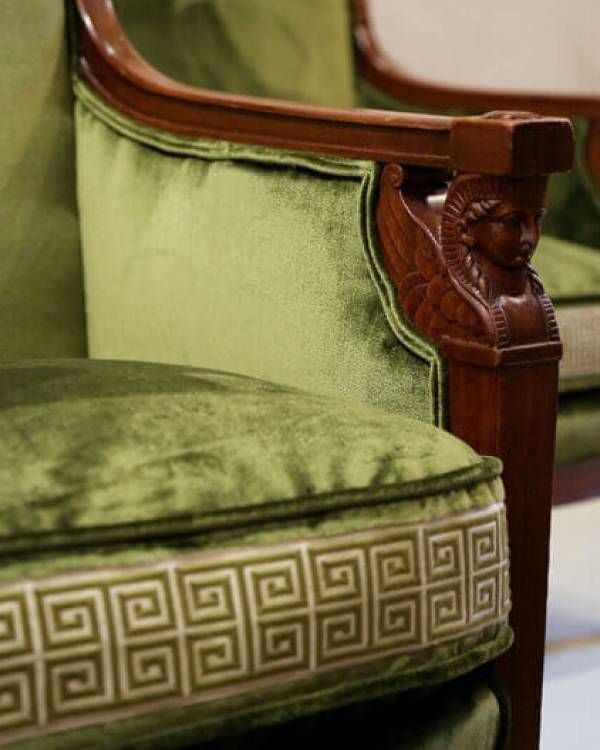
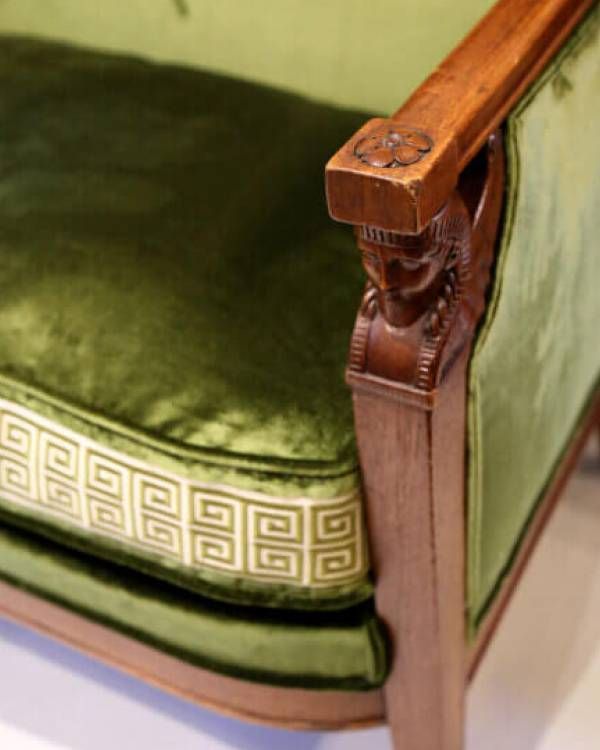
Types Antique Chairs
There are some particular chair types that frequently spring to mind when we think about antique chairs. Some of these vintage chairs are comparable to antiques, while others are a little more atypical. Take a look at some of the eye-catching antique chair styles we’ve covered below if you’re attempting to figure out what kind of chair you own.
Porter’s Chair
The porter’s chair, which has its roots in 16th-century France, served as practical sitting for porters or sentries who kept watch outside rich mansions. In order to protect the sitter from the cold, the design included a high-back chair with leather padding. Additionally, some versions included a small storage cabinet at the seat’s base.
By the turn of the 20th century, the chair was no longer needed, although its traces can still be found today. Modern designers have embraced the huge balloon-shaped silhouette, which is frequently made from pricey materials. As a result, it is now more common inside than outside of many prestigious places. Definitely a change from its modest beginnings.
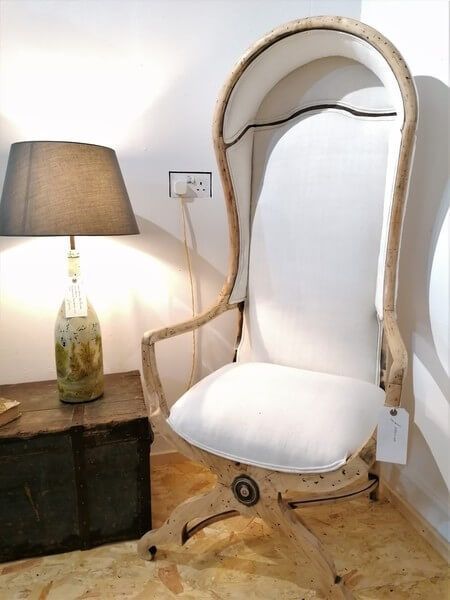
Tub Chair
The tub chair’s silhouette was present in France in the 18th century. All classes had access to this type of chair, despite the fact that it was made of wood and lacked fabric. However, to improve their comfort and appearance, modern antique tub chairs are frequently upholstered with pricey materials. It is well known that French king Louis XV held court in one of the earliest examples of this upholstered tub chair. As a result, the upper classes used this chair as a symbol of significance and wealth.
There is disagreement over the moniker “tub chair.” For instance, the name may have been inspired by the visual resemblance between the chair and bathtubs, or it may just be a play on the already popular club chair. But for generations, the tub chair has stood in as a visual representation of luxury.

Savonarola or X-Chair or Dante Chair
The Savonarola chair was named after Friar Girolamo Savonarola and was created in Italy in the latter half of the 15th century. The shape of the Savonarola was modeled after the Curule seat, which was used in ancient Rome and later came to represent social and political rank in the Renaissance. Political leaders use them as convenient, transportable chairs.
The users shifted from political to religious during the middle ages. We now have the faldistolium, or folding stool, after that. Bishops frequently sat in movable chairs similar to this one outside of cathedrals. By the time it was finished, the chair had strayed from its primary purpose of practicality and had become more ornately decorated.

Yoke Back Chair
In China, during the late Ming and early Qing dynasties, the yoke-back or official hat chair first appeared. They were usually made from huanghuali rosewood, which is preferred in traditional Chinese furniture. As can be observed, the chair’s design contained aspects that alluded to the sitter’s significance. For instance, the stretchers on the chairs were all positioned at various heights; this is known as bubugao, which means “step higher.”
Over the course of the chair’s existence in ancient China, its design has changed. Trade restrictions were lifted in China, allowing artisans to experiment with various sorts of wood and create shapes that were distinct from earlier models. We now have sleeker, more sophisticated designs made of imported wood, and we still see them in contemporary residences.
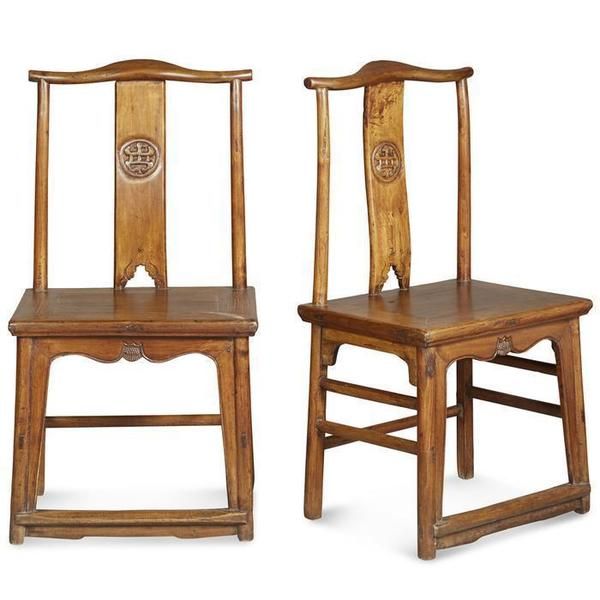
Hitchcock Chair
American inventor Lambert Hitchcock made the Hitchcock side chair, sometimes known as the “Fancy” chair, popular. Hitchcock initially started producing chair parts after building a business in 1818. Later, Hitchcock started mass producing cheap, economical chairs utilising stenciling rather than painting, a move that was hailed as being highly revolutionary at the time. As a result, each year, tens of thousands of reasonably priced but stylish side chairs entered American homes.

Klismos Chair
Since its creation in Classical Greece, the Klismos chair’s design has mostly remained unchanged. The chair made its debut in the eighth century and would reach its pinnacle in the fifth. The Klismos chair features a characteristic curved back and curved legs as a result, giving it a really timeless appearance. This chair’s contemporary variations seldom ever seem to deviate from its original style. Even when the materials and decoration changed over time. The Klismos chair reemerged during the French Directoire, English Regency, and Empire styles, and its silhouette can still be seen today, modified to fit contemporary tastes.

Corner Chair
The antique corner chair, which gained a lot of popularity in the early 18th century, was quite practical. They were mostly employed by gentlemen of the day in their personal spaces. Its shape and design were unquestionably distinctive; they had curved back and arms, a corner in the centre of the seat, and a foot at the front. They were practical for the sitter in such roles and were frequently referred to as writing chairs, reading chairs, or desk chairs. It was also a handy space saver because of its useful design.
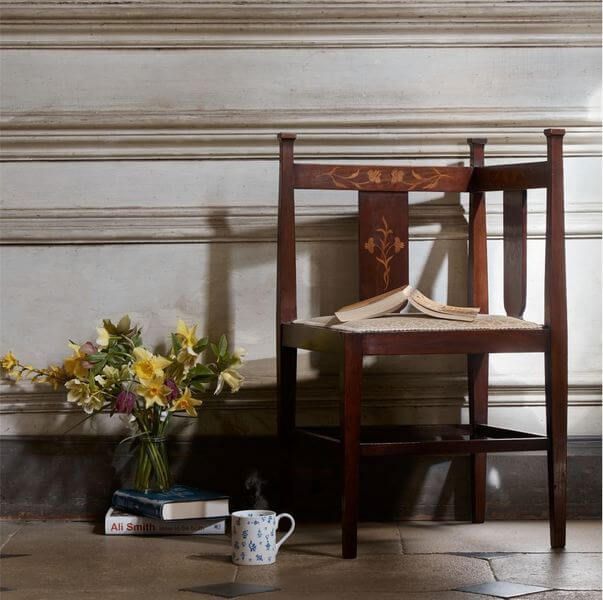
Valuable Antique Chair Designs
Several antique chairs were produced between the 18th and the early 20th centuries. Depending on the sale outlet, these artifacts have varying market values.
The most expensive vintage chairs made between 1700 and 1921 are listed below in no particular order along with their average market prices:
- King Anne wingback chairs
- Chippendale furniture
- Victorian chairs with balloon backs
- Chairs Hepplewhite
- Morris stools
Queen Anne Wing Chairs
Wing chairs (wingbacks) have sloping arms and a raised upholstered back. Over the years, these chairs have been put in lounges and living rooms. The wing chairs from the Queen Anne era (1702–1714) are prized treasures, according to a large number of chair enthusiasts. Queen Anne wing chairs were reintroduced by some makers of vintage furniture, however, the newer versions are less expensive.
The cost of authentic antique Queen Anne wing chairs is at least £10,000, although historical copies are only about £1000-£3500.
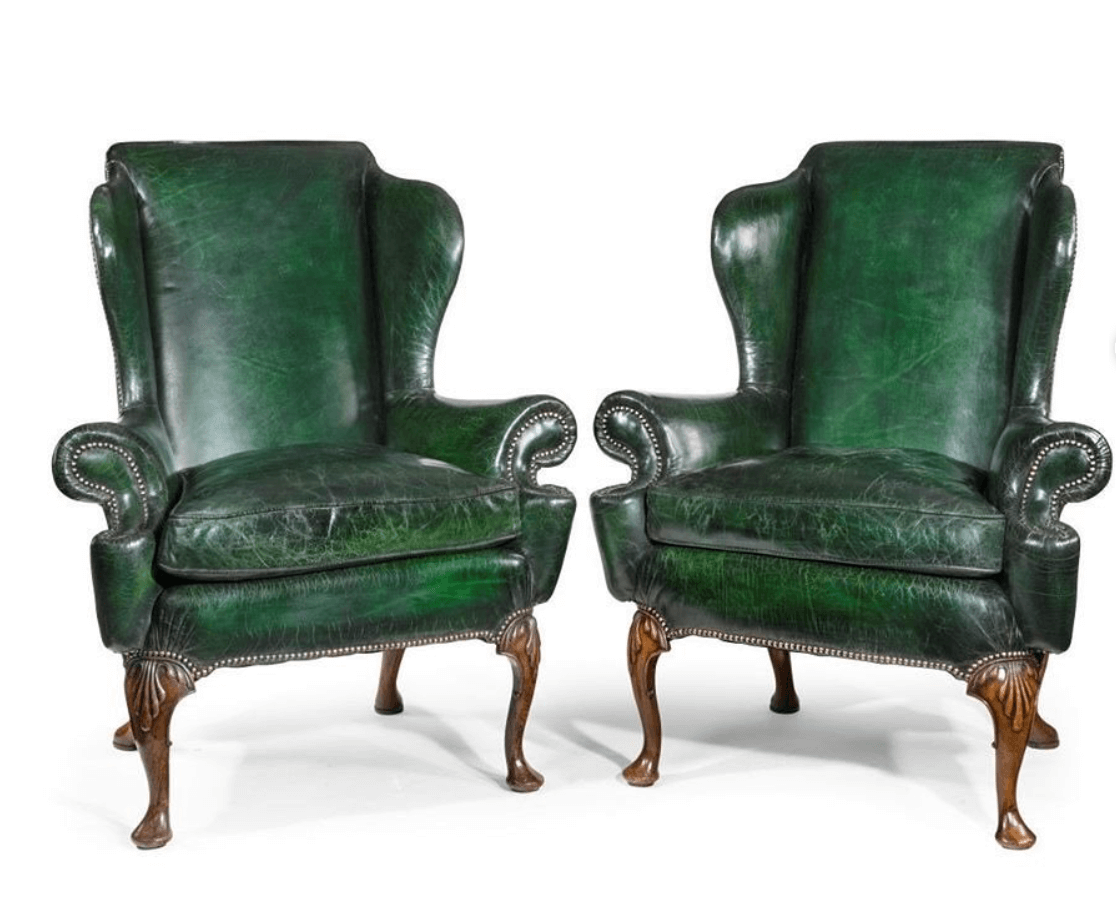
Chippendale Chairs
One of the most famous furniture makers in the 18th century was Thomas Chippendale and even today, people appreciate the elegance of his creations. The rococo and neoclassical styles were bridged by the Chippendale style.
An eminent auction company, Christie’s, asserts that the cramp cuts inside the seat rail make Chippendale chairs special. Because of its enormous popularity, the design is one of the most historically accurate replicas. A vintage chair from Chippendale’s original workshop is therefore difficult to find.
Genuine Chippendale reproductions from the 18th century are extremely rare and sell for between £10,000 and £20,000.
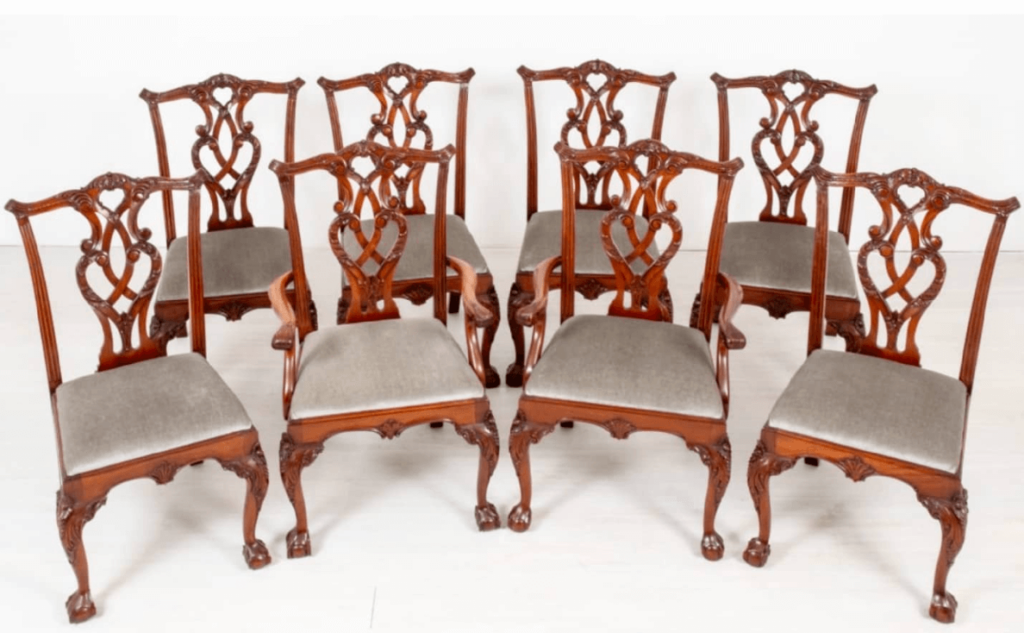
Victorian Balloon-Back Chairs
Victorian balloon-back chairs, as their name suggests, are distinguished by their balloon-shaped backs. They were notably popular during the 1830s and 1850s when they superseded the earlier colonial balloon dining chairs. They frequently had embroidered brocade or velvet upholstery.
These chairs were originally quite well-liked by antique collectors, but their value has significantly decreased and they now typically sell for between £100 and £1,000.
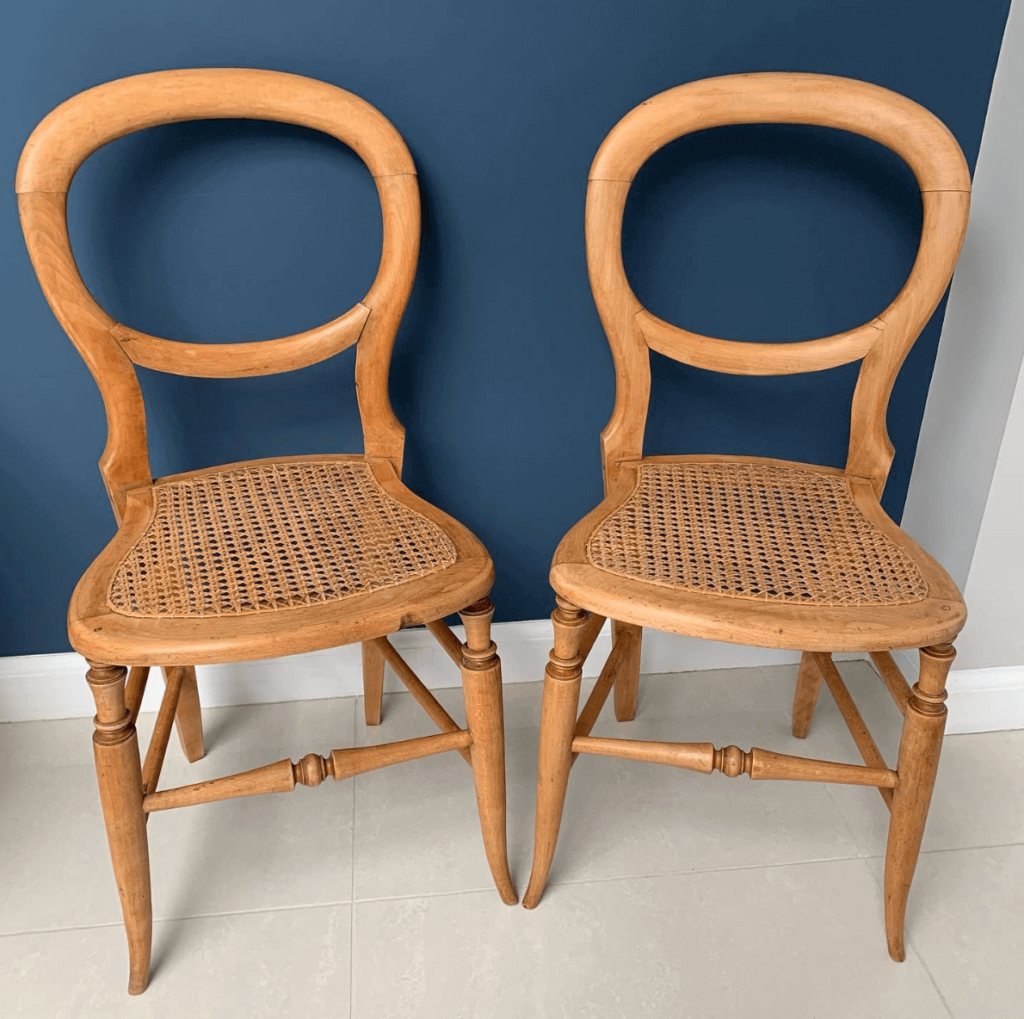
Hepplewhite Chairs
These chairs were created by the Morris, Marshall, Faulkner & Co. furniture company between the middle of the 19th and the beginning of the 20th century. The chair that preceded the recliner had an irregular proportion and an unorthodox appearance. Despite the fact that Morris chairs are normally marketed for £250 to £700.

Morris Chairs
Like his fellow countryman Chippendale, George Hepplewhite was well-known in the 18th-century furniture manufacturing industry. His design was characterised by its clean lines, rich wood elements (such as birch and redwood), and inlays. Nevertheless, numerous Hepplewhite copies that appeared in the 20th century may sell for more than they are actually worth.
Be on the lookout for genuine Hepplewhite chairs before making a purchase. They have embroidered seats and open wood backs. The cost of an authentic Hepplewhite chair ranges from £600 to £3,000.

Pilgrim Slat, Shaker, or Ladderback Chairs
According to Buffalo Architecture and History, the American Colonial Era saw a rise in the use of pilgrim slat chairs. These sleek chairs, often known as Shaker or ladderback chairs, have evolved into a traditional design for antique chairs. This straightforward design was popular in the 1600s and featured flat slats on the chair’s back as well as turned stiles and spindles. The ladderback was a variant with a back that resembled a ladder. The rush-upholstered wooden chairs were frequently made by furniture craftsmen from oak, walnut, or pine. Although they weren’t on every chair, arms were widespread.

Fiddle-Back and Queen Anne Chairs
Fiddle-back chairs are a common characteristic in Queen Anne’s design. This indicates that the rear included a central column with a fiddle- or vase-like appearance. You’ll find sweeping curves and beautifully shimmering wood in chairs from this era or in this design. Most chairs have cabriolet legs, and others have carvings in the form of fans or shells. Walnut, cherry, mahogany, and maple are common woods. Rushes, solid wood or embroidered cloth could all be used to make the seats. Certain chairs had arms.
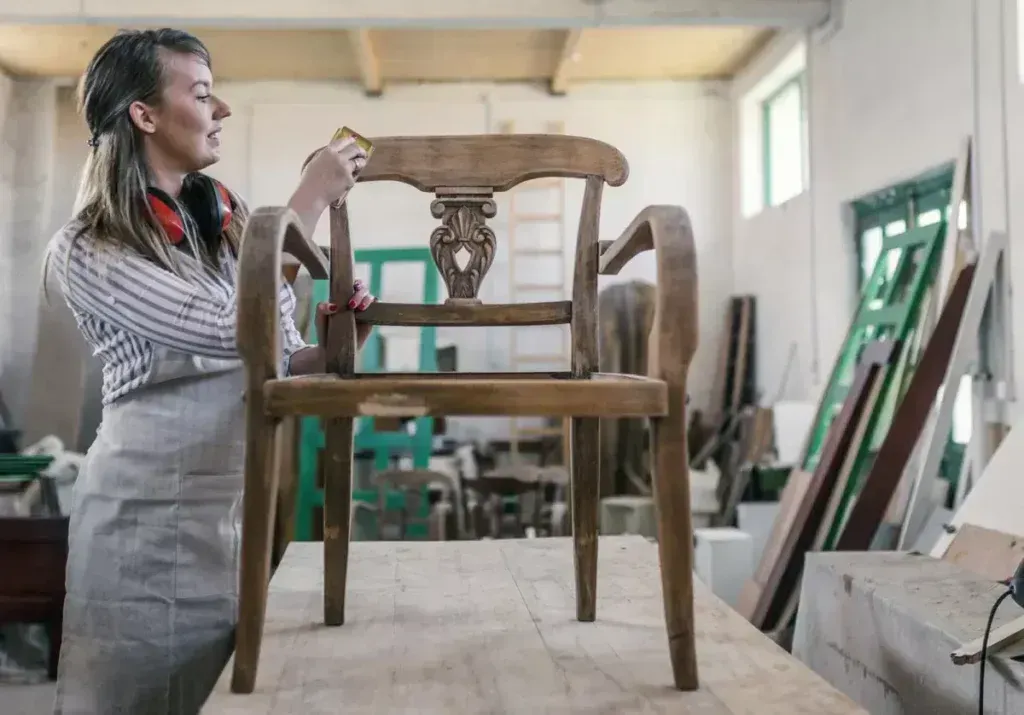
Windsor Chairs
The Windsor chair is yet another 18th-century fad that has persisted as a classic. Although they had their beginnings in England’s Thames Valley, Windsor chairs were also widely used in the US. This straightforward design has a recognizable hooped back, several spindles, a wood seat, and widely spaced legs. They were built by furniture makers from a variety of woods, including cherry, maple, and exotic woods. Windsor chairs come with and without arms, and they are a common choice for vintage rocking chairs.

Sheraton Chairs
After the movement’s primary inspiration, designer Thomas Sheraton, Sheraton furniture is thus named. Beginning in 1790, the fashion had several traits with Hepplewhite, including popularity overlap and straight, plain legs. Sheraton-style chairs, however, are considerably more ornate. They frequently have lovely contrasting veneer inlays and rectangular backs. You’ll see flowery patterns as well as Greek mythology-inspired motifs. Frequently, the wood is highly polished and of a light colour. Additionally, some chairs have exquisite paintings, and arms are typical. Most seats are made of wood.

Rococo Revival Chairs
The Rococo Revival movement dominated parlor furniture styles, including chairs, starting around 1850. These frequently came in sets that included two sofas, two armchairs, and four side chairs, all of which had identical upholstery. Although the chairs are frequently found by themselves, you can still find these items in sets. Many have had restoration and reupholstery. Many of the pieces were polished rosewood, mahogany, or walnut, and the wood frequently has intricate carvings. A few seats have gold trim. Many people think of antique chairs of this type when they think of Victorian furniture.
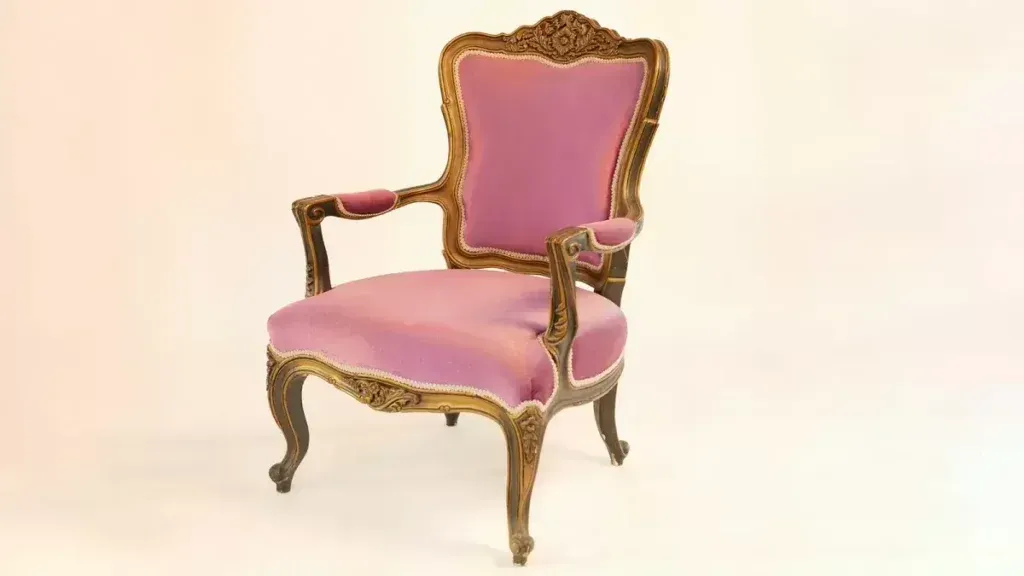
Press-Back Chairs
Manufacturers created factory chairs in response to the rising demand for carved and ornamented furniture. The patterns were pressed into the wood after being engraved onto a metal plate rather than being carved into it. These chairs frequently featured a caned or wooden seat and may or may not have had arms. Although oak was a common wood, you can also find these in other species.

Mission-Style Chairs
Mission-style furniture gained popularity in the early 1900s as a reaction to the “fussy” Victorian fashions. These chairs, also known as Prairie Style or Arts and Crafts Style, had strong legs, clean lines, geometric shapes, and simple vertical wood slats. These chairs were traditionally made of oak, although you can also find them in cherry and maple. The seats often had wood or leather and had arms or no armrests.

How to Date Antique Chairs
It’s critical to pay attention to antique chair styles’ visual qualities in order to identify them. Design codes are a useful tool for determining the age of an antique chair. While common antique chair designers’ carving styles might help you determine the time of creation.
The styles of antique chairs can also be distinguished by their stylistic influences. For instance, you could be able to date a Rococo-style item to 1730 and beyond, a Windsor-style antique chair to 1725 to 1860, and an Arts and Crafts chair to beyond 1880.
Look for hints in the style and design
Mission-style furniture gained popularity in the early 1900s as a reaction to the “fussy” Victorian fashions. These chairs, also known as Prairie Style or Arts and Crafts Style, had strong legs, clean lines, geometric shapes, and simple vertical wood slats. These chairs were traditionally made of oak, although you can also find them in cherry and maple. The seats often had wood or leather and had arms or no armrests.
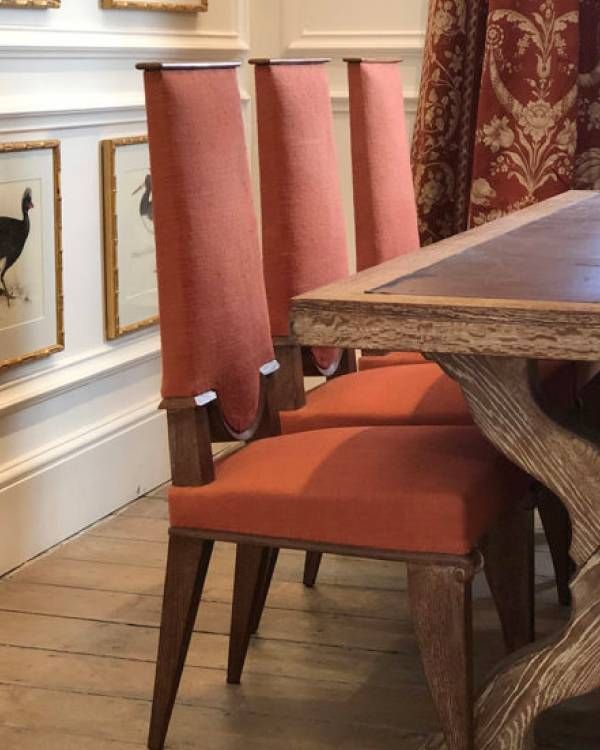
Look for any labels or marks
Searching for any markings or labels is an additional crucial step in classifying and dating antique chairs. Many producers and designers would stamp or label their products to identify the maker and, occasionally, the creation date. Look for these inscriptions on the chair’s underside, back, seat, or even legs. If you can pinpoint the manufacturer, you can look up their background and manufacturing processes to further hone in on the chair’s age and place of origin.
Examine the architecture and supplies used
An important step in identifying and dating antique chairs is looking at the design and materials utilised. Look for indications of hand craftsmanship, such as hand-carved features or uneven joints. This would suggest that the chair was created prior to the Industrial Revolution when mass production methods started to proliferate. The kind of wood used can also offer hints regarding the chair’s age and place of origin. For instance, mahogany gained popularity in the 19th century while oak was more common for furniture in the 17th and 18th centuries.
Examine the chair’s past and provenance
You may identify and date antique chairs by looking at the chair’s design and construction as well as its history and origin. Look for any labels or marks on the chair that can reveal details about the creator or maker. To understand more about the design and time period of the chair, you can also check reference books or online resources. To determine the chair’s age and validity, if at all possible, attempt to track its ownership history.
Ask professionals or appraisers for more advice
It’s always a good idea to speak with specialists or appraisers if you have any remaining questions regarding the authenticity or value of an antique chair. They can give you more specific information about the chair’s value, history, and construction. Be prepared to pay for the services of professional appraisers who specialise in antique furniture. It’s crucial to receive a reliable appraisal before buying or selling an antique chair because its worth can change based on its condition, rarity, and origin.
How to Value Antique Chairs
Taking your antique-style chair to an antique dealer is the best method to find out whether it is valuable or not. They will be able to fully evaluate your piece and provide you with a fair appraisal of its pricing thanks to their expertise and access to resources. It is best to get a few quotes from several sellers if you intend to sell an antique chair or a set of antique dining chair types to ensure you get the greatest price.
There are numerous adventurous styles and designs in the antique chair industry. You may recognise vintage designs, look for maker’s marks and joinery, and get an item assessed for resale by applying some of our finest advice.
Antique Chairs Valuation Guide
This section will start by noting numerous aspects that affect antique chairs’ value before listing many priceless antique chairs and their likely market pricing.
There are many different prices for antique chairs, and a number of factors influence these values.
Before buying antique chairs, it’s important to look into these pertinent factors:
- Age and historical significance of the chair
- The state of the chair
- Provenance of the chair’s manufacturer
- Demand Rarity Style Attractiveness and artistic flair
- Size, quality, and materials of the chair
Age & Historical Significance
In a broad sense, age determines an antique’s worth. Consequently, a chair’s worth increases with age. A Roman scissors chair from the Renaissance, for instance, might be more expensive than a typical chair from the early 1900s.
Although this rule is generally accurate, there are few instances where a younger antique chair may be worth more than an older one because of other aspects like demand and appeal.
The historical relevance of an antique chair also affects its market value. A chair model used by British monarchy or American founding fathers, for example, will cost more than one with less historical significance.
Condition
When purchasing an antique chair, the condition of the chair is an important issue to take into account. Repaired or restored antique chairs frequently sell for less money. However, the cost of well-preserved antique chairs is usually higher.
Manufacturer
Antique chairs that still bear their maker’s marks are comparable to branded goods. Furniture made by well-known furniture makers can be purchased from antique dealers for more money than chairs with no distinguishing marks. So, if you’re looking for a chair from a renowned manufacturer like Thomas Chippendale, be prepared to spend a lot of money.
Provenance
A dealer in antique chairs is more likely to sell the chair at a higher price at auction if they have the records to show how and when they bought the item from the original owner.
Joint Construction
The joints of priceless antique chairs indicate the time of their manufacturing. Thus, the joint construction of an antique chair can be used to estimate its age.
Let’s examine a few joint kinds that can be found in vintage chairs and their pertinent eras:
- Mortise-and-tenon joints: Prior to the late 1600s, chairs had mortise-and-tenon joints that were held together by hand-made dowels or pegs. The handcrafted pegs and dowels were raised slightly above the joints.
- Seats made in the 1700s had joints that were dovetailed (from the 1700s to the early 1800s). Between the 1700s and the first half of the 1800s, these glue-supported couplings advanced in sophistication.
- Knapp joints: Knapp joints were a feature of antique chairs made between the 1860s and the late 1800s. Popular names for the machine-made Knapp junction were Scallop & Dowel, Half-Moon, Pin & Crescent, and Pin & Cove.
- Machine-made dovetail joints (Starting in 1900): In the late 1800s, the machine-made dovetail junction was designed. By 1900, the Knapp joint had been entirely rebuilt.
Appeal & Artistic Markings
Particularly those with distinctive features, more appealing antique chairs with exceptional artistic finishes are frequently expensive.
Quality & Materials
It’s also important to check the quality of an antique chair before buying it because items with superior materials (such as stronger or rarer wood kinds) are typically more expensive than those with inferior elements (such as low quality, common wood types).
Rarity
Demand and rarity are frequently closely related concepts. In the antique market, rare antique chairs are typically far more expensive than those that are easily accessible. However, this tendency doesn’t always hold true because a work that is readily available and in good condition may be worth more than one that is more difficult to find.
Style
The value of an antique chair relies on its particular design. Generally speaking, more intricately designed items like cabriole-legged chairs cost more than more basic ones.
Size
Larger antique chairs typically have higher prices because they required more resources, time, and labor to make them.




